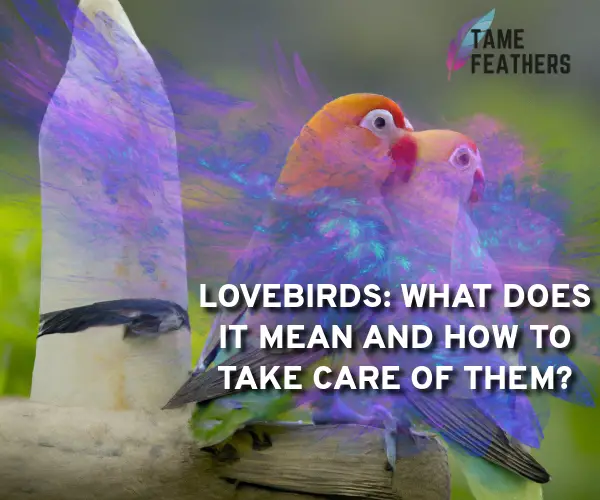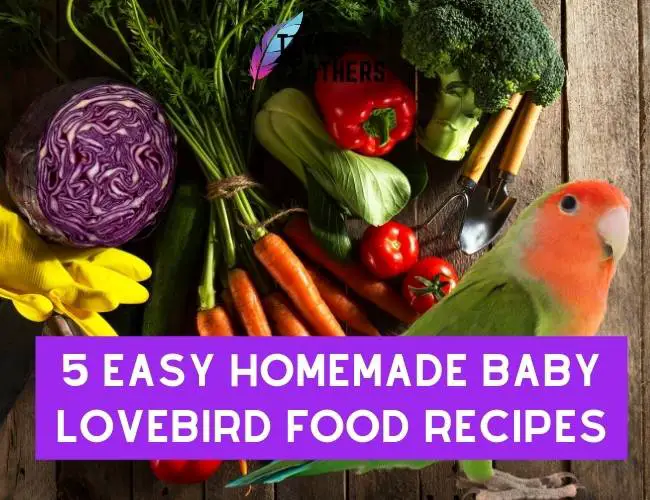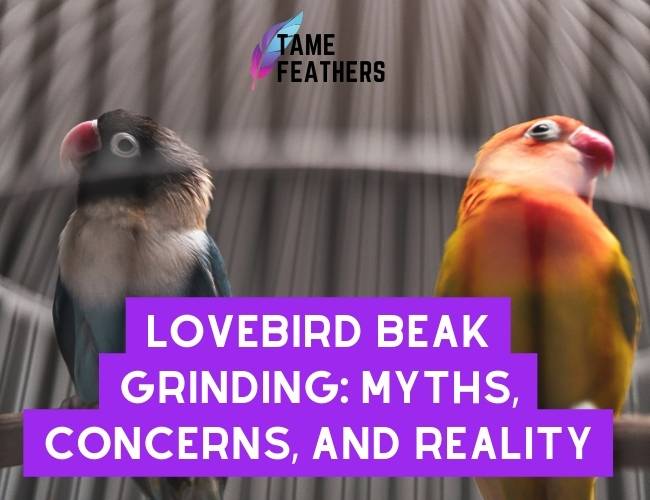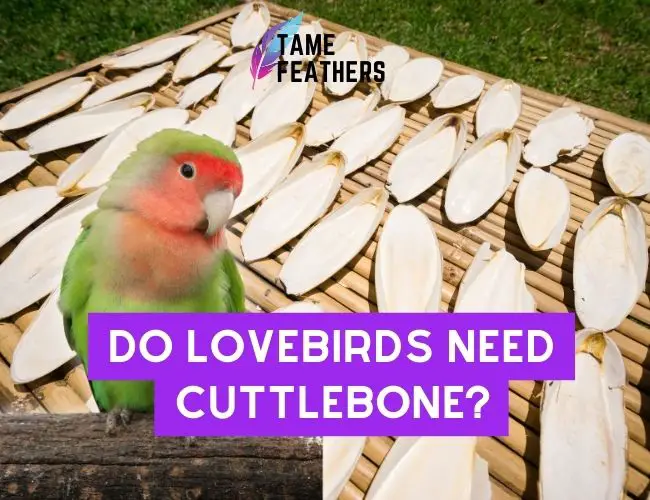What Is a Lovebird?
A lovebird is a type of little parrot that is endemic to Africa and Madagascar and is known for its vivid colors.There are nine distinct species of lovebirds, each with its own unique size and plumage.
Peach-faced, Fischer’s, Masked, Black-cheeked, Abyssinian, and Nyasa Lovebirds are the most common varieties of lovebirds kept as pets.
Other popular varieties are Nyasa Lovebirds.
The affectionate relationship that these birds have led to the coining of the name “lovebird.
” When perched or flying in pairs or groups, lovebirds have a tendency to remain in close proximity to one another.
They are also known for their kind and friendly demeanor, which contributes to their popularity as pets among people who are interested in keeping birds as companions.
Physical Characteristics
Typically, the length of a lovebird is somewhere between five and seven inches (13–18 cm).There are a number of species that have pinkish-orange faces paired with vivid green feathers on the head, back, and wings.
There are also subspecies of this bird that have yellow patterns on the face or body, while some have feathers that are blue in color.
The majority of different animals all have dark circles beneath their eyes.
Their beaks are typically quite short, yet they are robust enough to break open seeds, which are their preferred source of nutrition.
In addition to that, they take pleasure in consuming a variety of fruits and vegetables, including broccoli, grapes, apples, and bananas.
How To Take Care Of A Lovebird
If you are experienced and know what you’re doing, taking care of a lovebird won’t be too difficult.The following are some pointers to assist you in providing the highest level of care for your winged companion:
Housing
At a minimum, your bird needs at least three feet by two feet (90 centimeters by 60 centimeters) of space in its cage in order for it to be able to roam around freely without colliding with the walls or the perches; however, larger cages are generally preferable.Instead of galvanized wire mesh, you should choose materials that are non-toxic, such as stainless steel bars.
This is because zinc poisoning is particularly common among birds that are housed in cages made out of galvanized wire mesh.
Feeding & Nutrition
Lovebirds need diets that are specifically designed to meet their requirements; seed mixtures typically aren’t sufficient for them because they require more than just grainy feed by themselves.Once every other day, provide fresh fruit and vegetables together with cooked grains such as brown rice.
Consuming hard-boiled eggs twice a week is a great way to enrich your diet with essential elements such as calcium, which helps strengthen bones and protects them from disease.
In addition, you should make certain that your bird has access to a sufficient amount of clean water at all times, including when it is eating, because maintaining proper hydration helps prevent kidney stones from forming inside your bird’s organs over time due to the fact that high temperatures outside of its natural environment cause dehydration.
Grooming & Exercise
It is crucial that you routinely maintain your pet in order to keep it healthy and happy.Brush out any knots in its feathers using a special shampoo that is made exclusively for birds, while bathing sessions must occur every few days depending on how often it gets dirty outdoors.
In addition, make sure the bird has sufficient time to exercise outside its cage by allowing it to fly around indoors, where it won’t have as much of a chance of getting lost after being set free.
Because of this, they will have plenty of opportunities to test their limits while having fun discovering new environments!
Socialization
Because these animals form strong bonds with members of the same sex flock, it is a good idea to house more than one bird at a time.In this way, both birds will be able to benefit from each other’s company, which is important for maintaining good health because it helps develop the mental stimulation that is necessary for good health.
However, unless you are planning activities that involve reproducing, you should avoid putting opposite sexes together because battles can break out between opposite sexes due to the fact that they have territorial tendencies.
Training & Discipline
This method encourages obedience while building trust and helping establish clear boundaries regarding acceptable behavior versus actions that are not acceptable.Training plays an important part in preventing behavior problems from occurring; teach basic commands through techniques of positive reinforcement and avoid punishments whenever possible.





